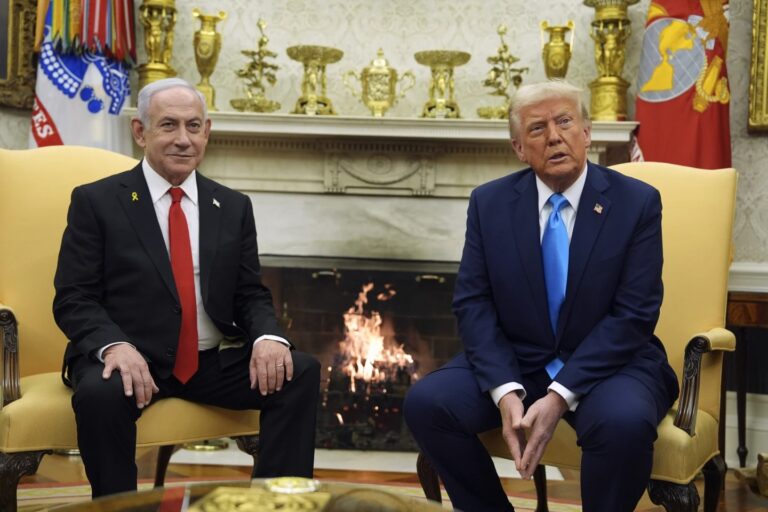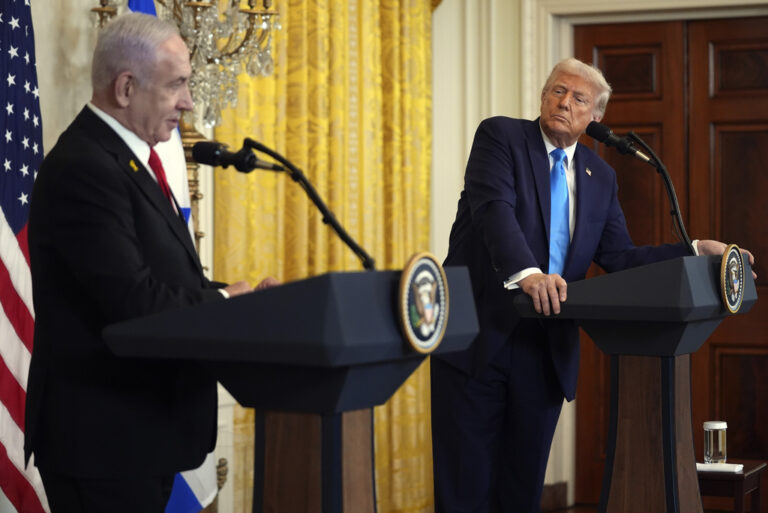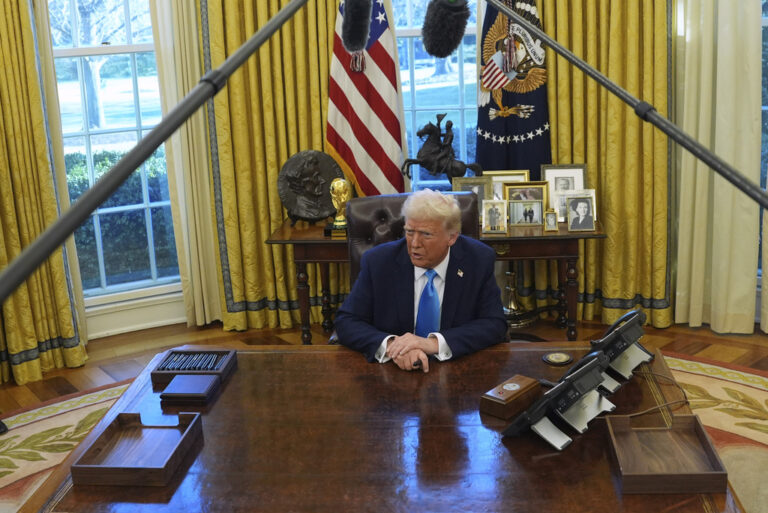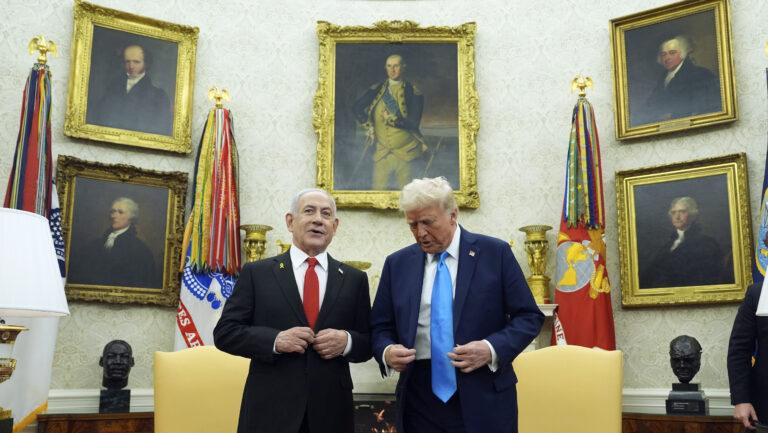By Rabbi Yair Hoffman for 5tjt.com
It has been estimated that 20 to 29 percent of teenagers bite their nails and many of them continue the behavior into adulthood. The technical term for it is, “onychophagia.” Although there are many suggestions for how to stop it, such as Mavalah nail polish, cutting nails short, (for women getting manicures often), having a stress ball handy, it is a long and arduous task. Boruch Hashem, however, studies say that nail-biting does not have long-term repercussions. But there is a long-term repercussion that affects observant Jews.
Nail-cutting on Shabbos when done wittingly is considered by many Poskim to be a violation of gozez (Shulchan Aruch (OC 340:1 see also Rav Ovadiah Yosef Yechaveh Da’as, Vol. IV p. 279). The Magen Avraham, however, differentiates between using a tool (scissors or clippers) and biting or using one’s hands – which is only a Rabbinic violation. Yet, violating a derabanan is still very serious.
It is a well-known concept that being careful with one’s Shabbos observance is the source of blessing. This can be seen from the words of Rav Shlomo Alkabetz in his lecha dodi – ki hi mekor habracha. Once the Chofetz Chaim was approached for a blessing by someone who was not succeeding in parnassah and received both the bracha and advice: “Look for something that could possibly be a Shabbos violation and fix it. The person looked for it, found it, fixed it, and soon – his parnassah began to flourish.
We are not allowed to make gzeiros in modern times (see Shu”t Har Tzvi Vol I #16; Rav Elyashiv Kovetz Teshuvos Vol. II #89). However, there is a very important concept of each individual creating his or her own fences so as not to violate the laws of Shabbos – even derabanan ones. We find this in a letter from Rav Shlomo Zalman Auerbach cites in Me’or HaShabbos Vol. IV siman 14 footnote 214. It is also in a Ben Ish Chai on Parshas Vayelech #14. Therefore, it is proper to take the steps necessary not to face the challenge of possible Shabbos violation.
HOW DOES ONE STOP?
So now that we have concluded that one should try to stop nailbiting – how does one go about doing so?
Rav Chaim Soloveitchik zt”l was an innovator of a new method of learning called the Brisker Mehalach. One of his methods was something called, “siman or sibah.” As an example, I once had a friend in Yeshiva who grew super-muscular. A rebbitzen who he had not seen in a year noticed his muscular appearance and asked whether he has been going to a gym. He answered not at all. Soon afterward, he lost feeling in his fingers. He went to the doctor who diagnosed his conition as having muscles so large that they were pressing against the nerves in his wrists. He scheduled a surgery where they removed muscle tissue in his wrists. They did so, and he got feeling back.
But this was only for a few months. Soon the condition came back. The doctor had misdiagnosed his condition and confused the effect with the cause. He thought that the muscle tissue was the sibah – the cause. It was actually also an effect of an over-active adrenal gland. A second surgery was scheduled where they removed half of his adrenal gland and it was solved.
To effectively deal with nail-biting it is important to understand why it is happening in the first place. One view is that it is a repercussion of having a perfectionist personality (a Scientific American article some 6 years back or so). Another possibility is that it is on account of having excess anxiety. A third possibility is that it is just habit left over from childhood. There could be many other reasons as well. Regardless, both the underlying reason should be addressed along with practical methods to stop. This can be done with using the Mavalah nail polish and or placing a band aid on the finger we usually start with as a reminder.
WHY IS IT FORBIDDEN IN THE FIRST PLACE?
One may ask – why is cutting nails forbidden in the first place? Isn’t it a malacha sh’aina tzricha legufah – since we don’t need the nail clippings? The Rivash in a responsum (#394) answers that Gozaiz is different than all other malachos since in the mishkan it was also done to help beautify the skins. The Biur Halacha cites this ruling of the Rivash.
IS IT AIVER MIN HACHAI?
Is nail-biting a possible violation of Aiver Min HaChai? The Gemorah in Moed Kotton 18a tells us that Rav Yochanan bit his nails on one particular time, it is, therefore, clearly not a violation of Aiver Min HaChai. It is likely that the answer is that it is not a food.
This article was written lemaan eMeS
The author can be reached at [email protected]












One Response
Naturopaths and other traditional approaches in medicine consider the urge of nail-biting to stem from mineral deficiencies, especially of trace-minerals, which are usually assimilated by whole foods that haven’t been overcooked. Foods are also usually much richer in trace minerals if grown in nutrient-rich soil, organically, and will have a high brix number (high sugar content).
Similarly, as a remedy for other unhealthy and dangerous habits, such as the urge to chew on plastics, shoes, or paint, ch’v; traditionally holistic practitioners also recommend clay supplements, such as calcium bentonite, which contains a full natural assay of most, if not all, trace minerals – and some essential ones (those usually found in food), as well.
Clay ingestion was recognized even in the times of Chazel – and earlier. It is mentioned in Pirkei D’Rabbi Eliezer, in Gemara Shabbos (147), and alluded to in Tanach (in a allegorical understanding of the clay tablets placed for all of the nations of the world to behold in Sefer Yehoshua). It was also popularized in contemporary times by Rabbi Meir Michel Abehsera, obm, in his best selling health books as well.